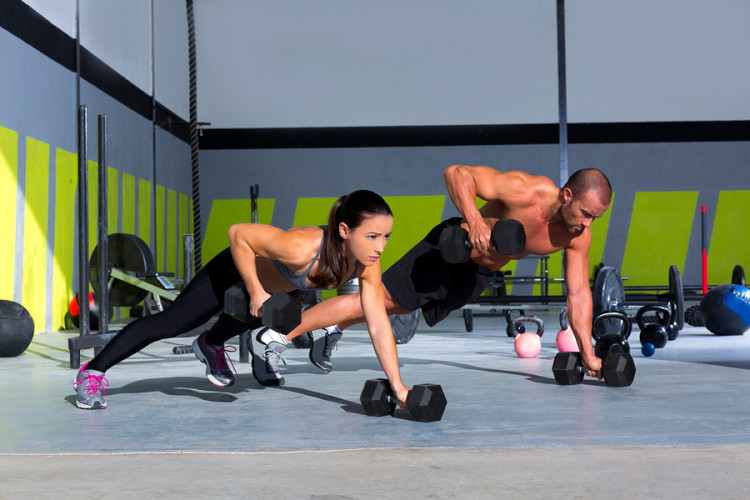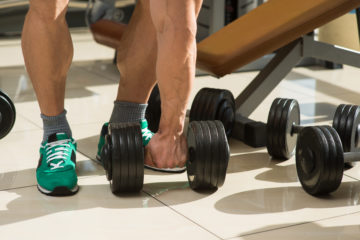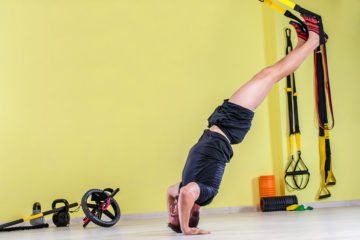Treating Muscle Soreness After A Workout

By C. S. Nelson
You pushed yourself hard at the gym or out on the trail, making every effort to increase your health, endurance and stamina. And for your sweat and pain you probably woke up the next morning with delayed onset muscle soreness, commonly known as DOMS.
It has long been believed that this soreness is caused by the buildup of lactic acid in the muscles after an intense workout. Actually, lactic acid is not to blame; it’s always present in the muscles. The increase of acid produced during intense exercise is eliminated from the body within 30 minutes to an hour after your workout is complete. The true reasons for muscle discomfort are microscopic tears in the muscle and inflammation from this damage. The process of tearing and healing leaves you with stronger muscles and increased endurance. When your body is so sore you can’t move without aching, give these tricks a try.
Ice and Heat
Ice and heat are well-known standbys for a good reason. Applying cold to sore muscles reduces inflammation and provides some numbing to the muscles. Heat brings extra blood to the sore area, promoting healing and relaxation. Switching off every 20 minutes gives you the full benefit of both heat and ice.
Massage
Whether self-massage, massage by a friend or a professional sports massage, the act of working the muscles over can bring at least temporary relief. Massage is an effective way to get blood flowing to the sore area and speed up healing.
A foam roller or tennis ball can help you reach those out-of-the-way places. Put the tennis ball between you and the wall, then work the ball all around the sore muscles. A frozen water bottle can be rolled up and down the muscles, providing the relief of massage and cold at the same time.
More exercise
Getting back to exercising is actually the best trick of the bunch. Exercise has been proven more beneficial than massage at bringing increased blood supply to the muscles and aiding in the healing process. This doesn’t mean you should go out and push your body to the limit. In fact, you won’t have the endurance and stamina you had until a couple days after the initial workout. Be active enough to feel your muscles warm, but not burn.
Stretch
Stretching may not speed up healing, but the act of a gentle pull on the muscles feels good and temporarily relieves soreness. Contracted muscles will benefit from the elongation of stretching. To avoid or lessen future soreness, stretch before and after exercise.
DOMS is temporary. Most people find they’re back to normal within three days. The hard part is not letting DOMS stop or even slow your race toward your fitness goals. Soon you’ll be stronger and go further. All this soreness will be worth the reward. And remember, take a few extra minutes to stretch before you go.







No Comment